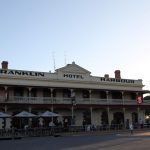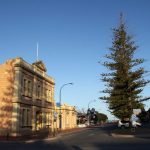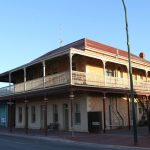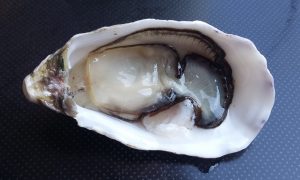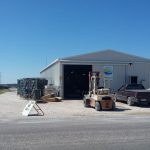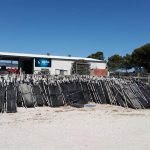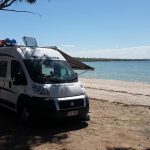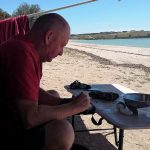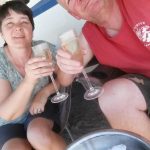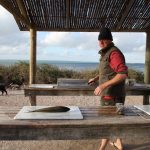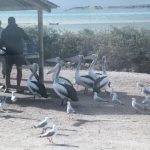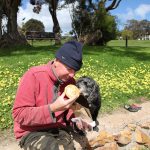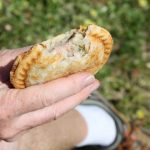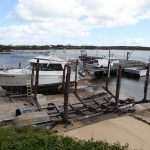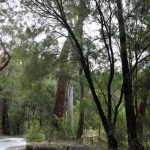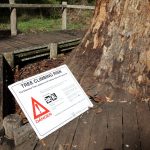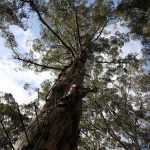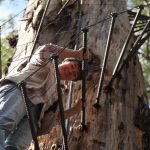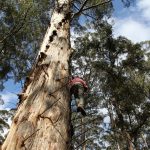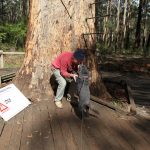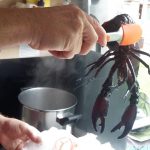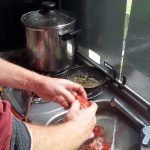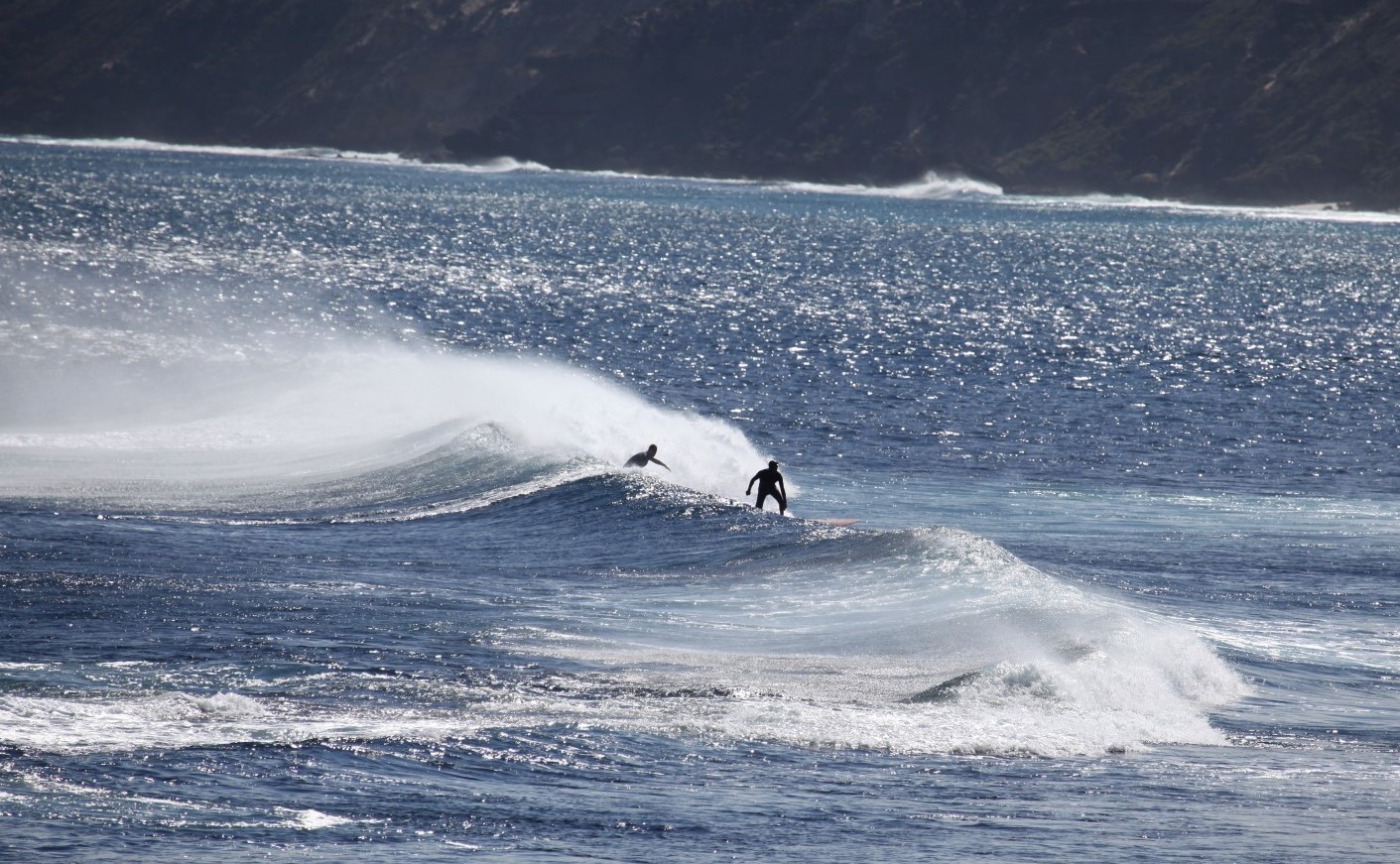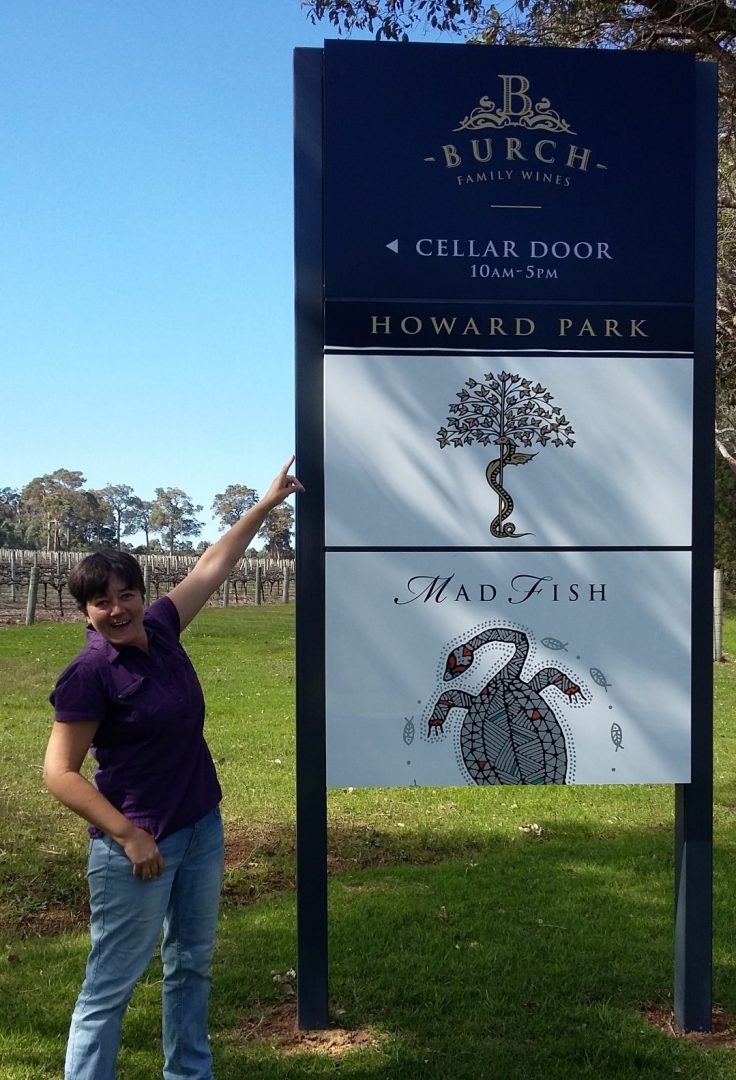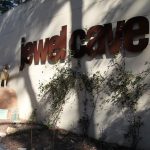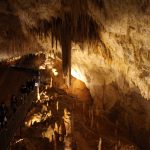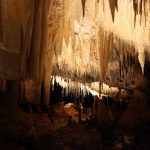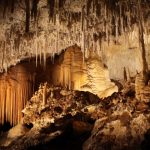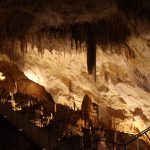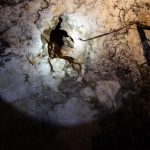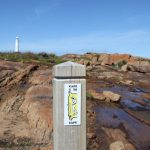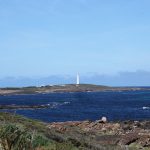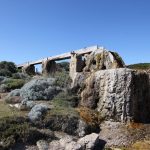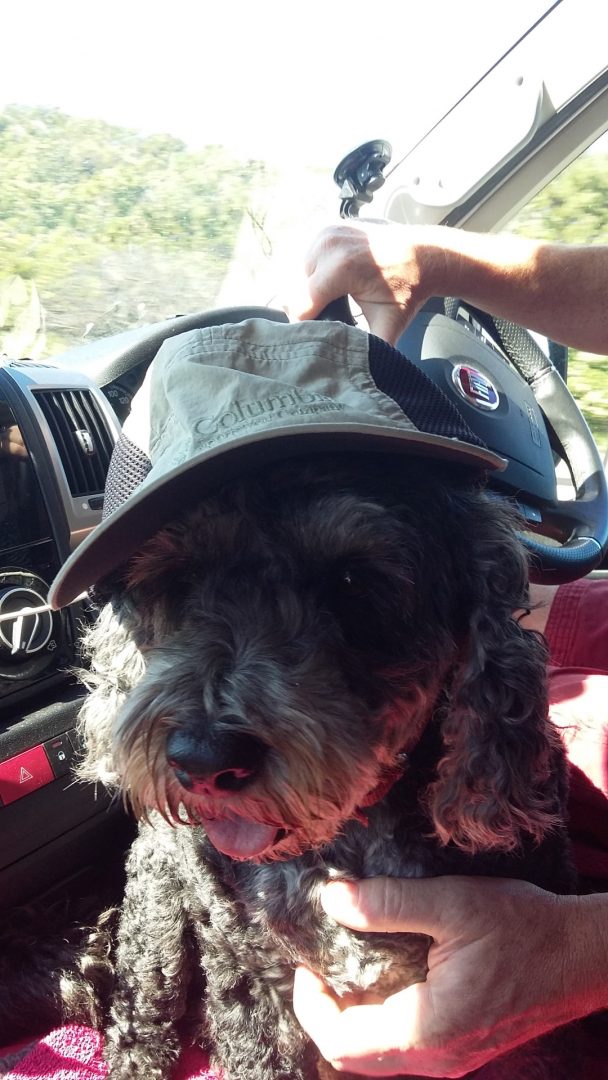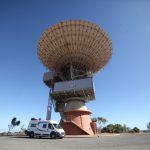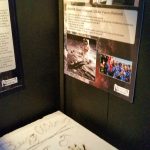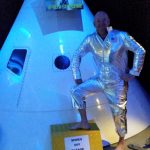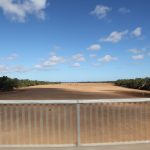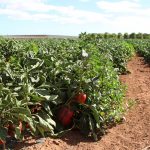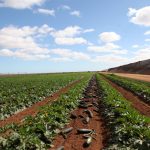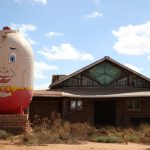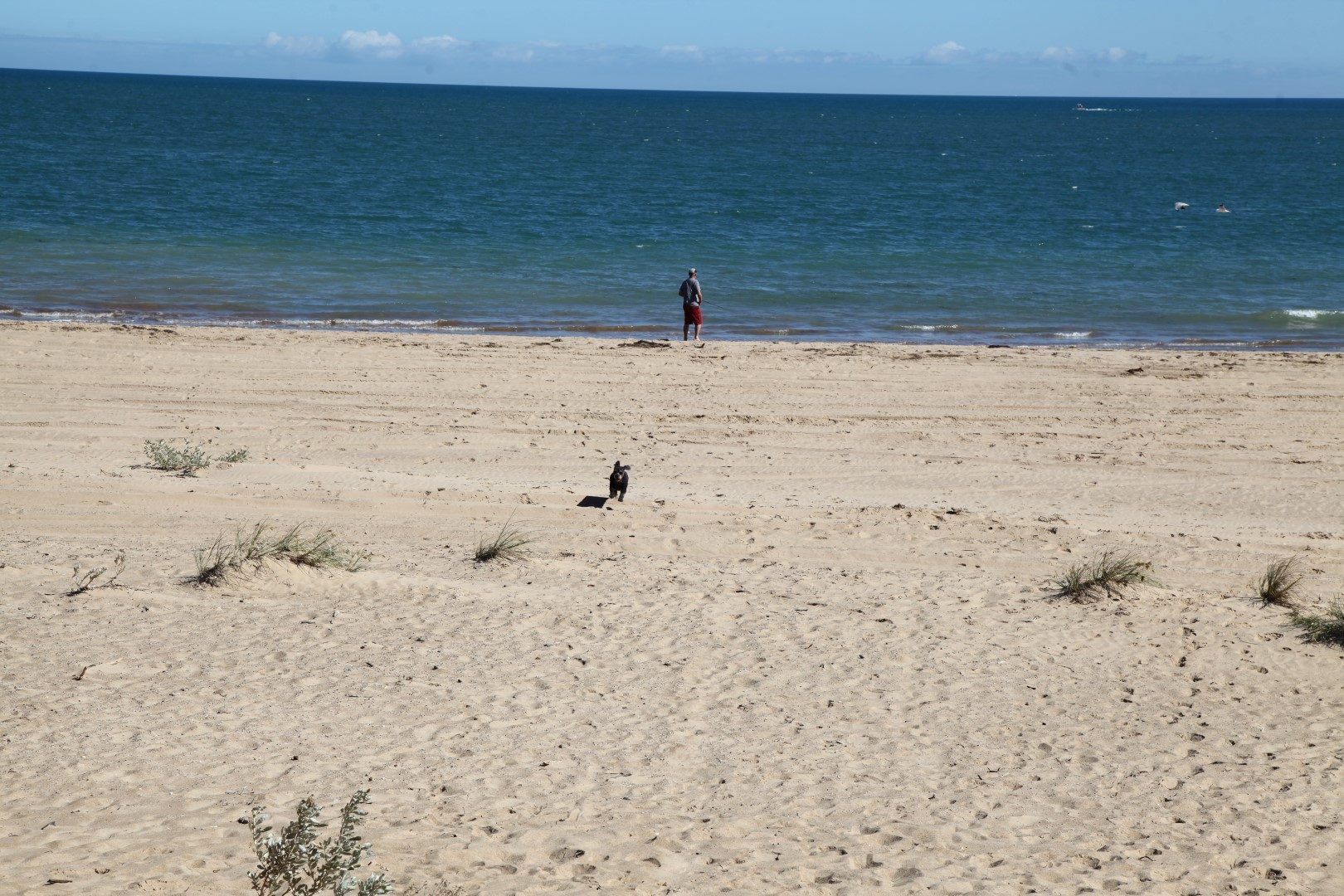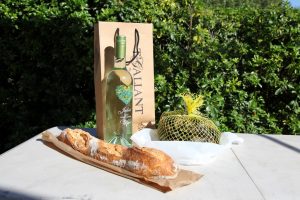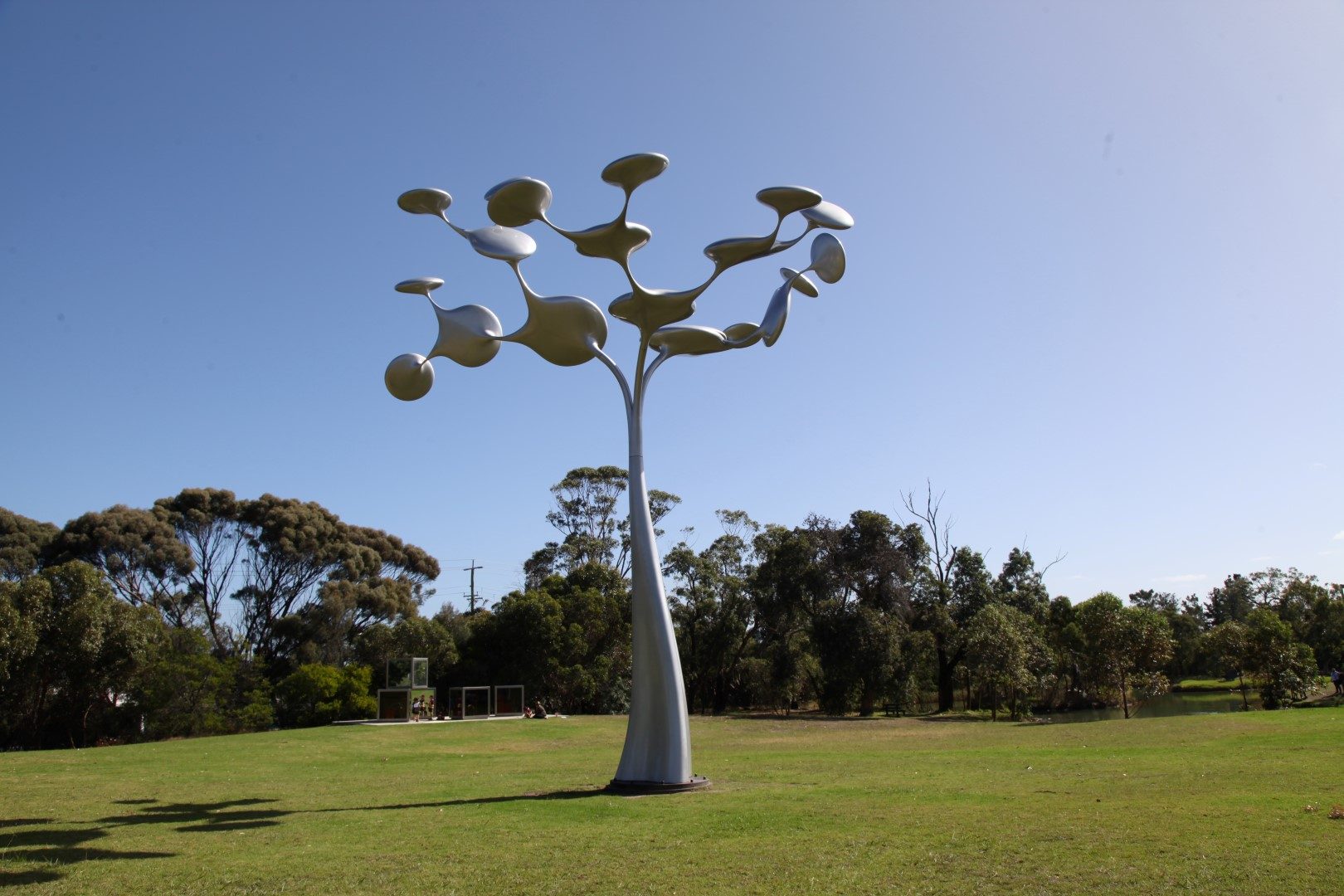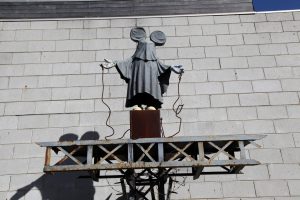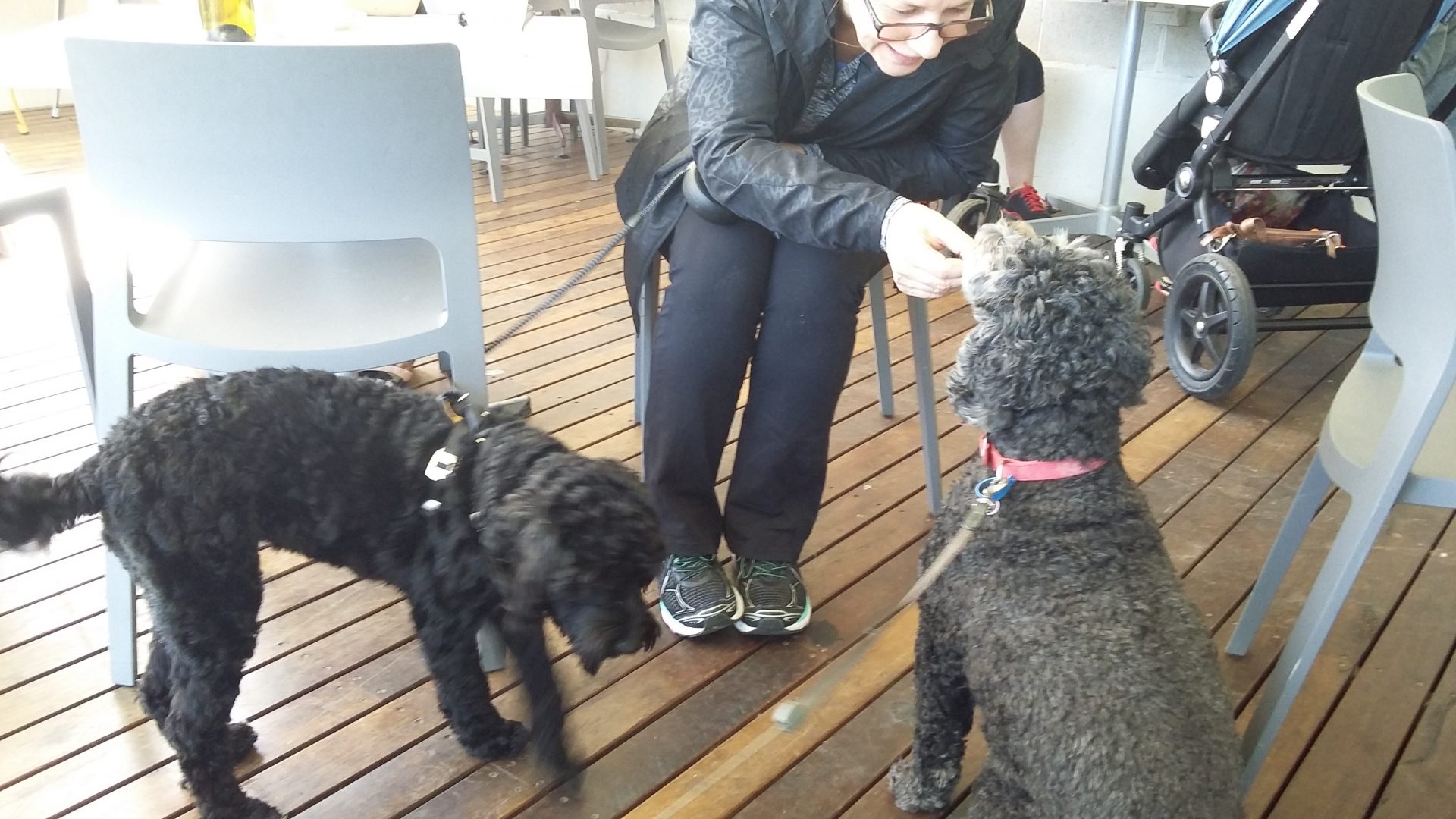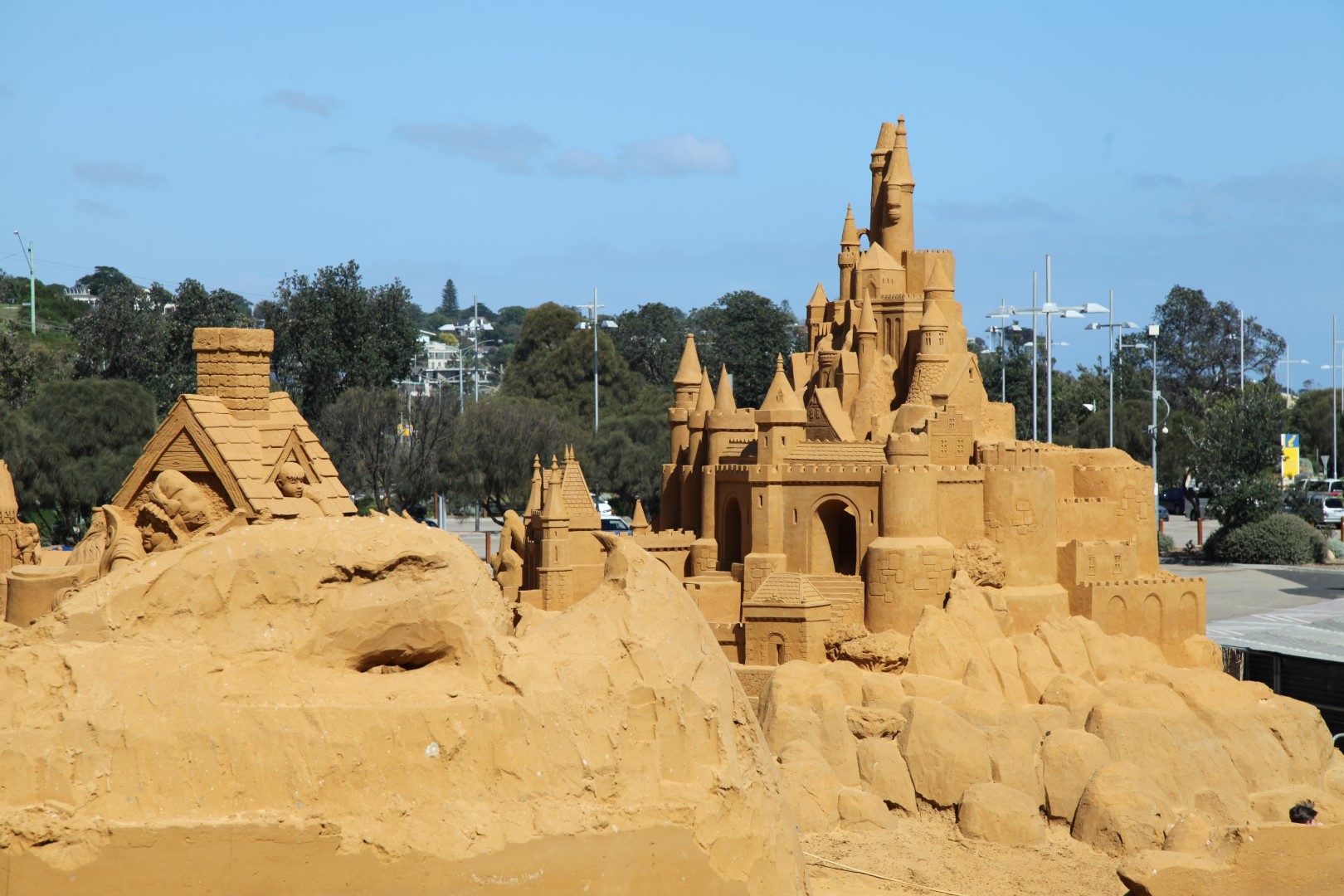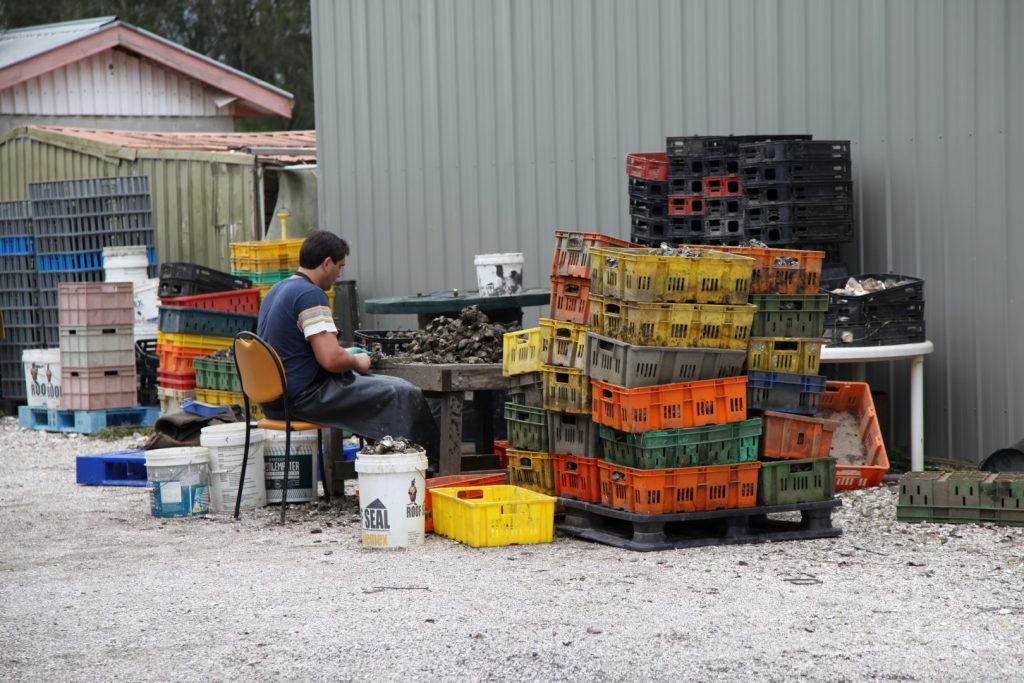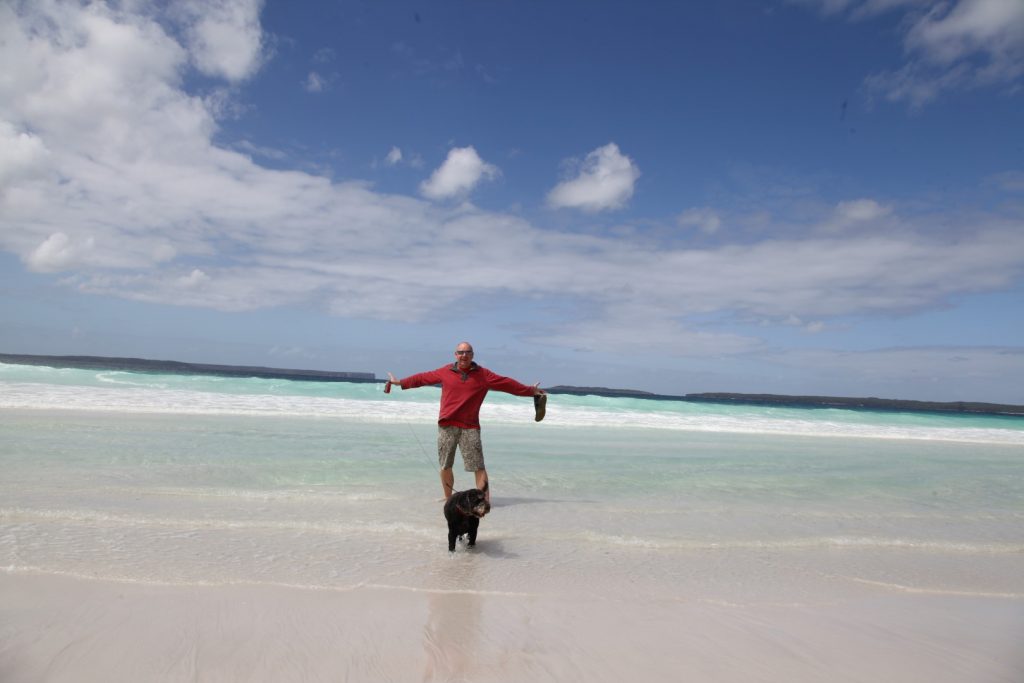On the drive up the Eastern side of the Eyre Peninsula, we stayed at the little town of Cowell, on Franklin Harbour, which was the last stop on our oyster odyssey. The pubs were the only places open on the Saturday afternoon when we arrived and we weren’t sure whether we would be able to buy local oysters over the Labour Day long weekend. The wide streets and impressive buildings are an indication of the town’s importance as a port in its early days. We did think that perhaps ‘Home Hardware’ could have made an attempt to blend in to the historic main street by not painting their building bright blue.
It was also Grand Finals weekend and South Australians had footy fever as the Adelaide Crows were in the AFL Grand Final. You would have thought there was no other news happening in the world on the local news channels. However, after a lacklustre display by the Crows resulting in them being soundly beaten by the Richmond Tigers, not much more was heard about the game.
Luckily for us, a little seafood shack on the jetty was open on Sunday morning and we were able to buy a dozen Cowell oysters. They were were quite salty and zingy so we decided they would taste better cooked and we ate them fried in Tempura batter.
We were cheering on The North Queensland Cowboys in the NRL Grand Final on Sunday night. They had somehow made it to the final without their two star players. Things didn’t get off to a good start for them when a player went down in agony after only 3 minutes, having broken his leg. Ultimately, the Melbourne Storm were too strong and won convincingly.
South Australia has daylight saving and the clocks went forward an hour during the night. We’ve changed our clocks so many times over the past month that it’s starting to get confusing. I think we’re now 9 ½ hours ahead of the UK and ½ hour ahead of Brisbane.

